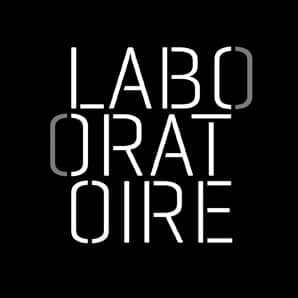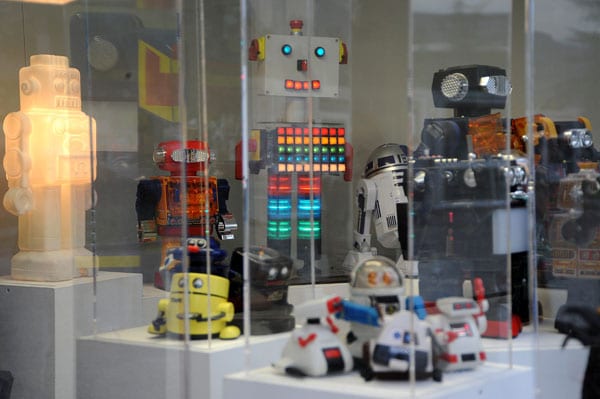Apr 27, 2017 | Laboratoire en
The Aegean Sea remains that of Homer.
This time there is no mention of the winds of Aeolus, pushing Ulysses away from Ithaca.
This time, it is the land of collision which refuses the disembarkment and the arrival.
This time, the shipwreck is a terrestrial will.
Erri de Luca
The boat fill up with passengers when the ship sank.
These boots have filled up because the earth is sunk.
Erri de Luca
Press article
Le plaidoyer pour l’humanité de Maryvonne Arnaud
Comment aborder la crise migratoire avec justesse ? La photographe grenobloise Maryvonne Arnaud prend le problème à bras le corps pour un “Mauvais temps” qui se décline aussi en installation et en vidéo, avec une justesse renversante. Une exposition forte à découvrir à la Bibliothèque centre-ville de Grenoble.
LE VENDREDI 21 AVRIL 2017 PAR CHARLINE CORUBOLO
Crédit Photo : Charline Corubolo
Mauvais temps
Installation de Maryvonne Arnaud
Bibliothèque Centre Ville 10 rue de la République Grenoble
Jusqu’au 6 mai 2017
À LIRE AUSSI
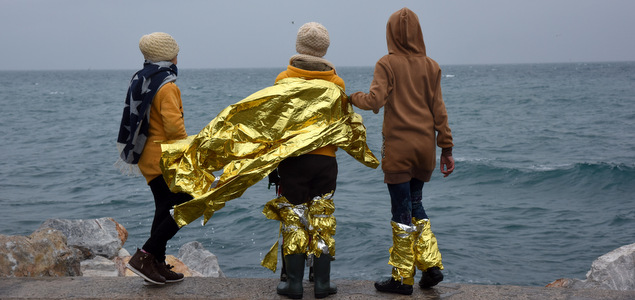
Grenoble lance ses États généraux des migrations
Dire que l’ère est viciée, que l’air du temps est mauvais est un euphémisme en ce début de XXIe siècle. Entre les discours excluants et les images venant du terrain, il est difficile de trouver le recul adéquat pour aborder la crise migratoire actuelle. Mais leMauvais temps de Maryvonne Arnaud, qui se déploie actuellement à la Bibliothèque centre-ville, le fait avec authenticité et pudeur. Photographies, installation et vidéo agissent de manière percutante sur la conscience, notamment grâce à la finesse de la scénographie.
Suite à de multiples voyages à Athènes, Idoméni mais aussi sur les îles de Lesbos et de Chios où arrivent par vagues des migrants de Syrie, d’Afghanistan, d’Irak ou encore d’Iran, l’artiste grenobloise a composé un carnet de mer visuel où le renversement d’échelle met le spectateur face à ses responsabilités, où le manque de recul pousse à la réflexion, où les gilets de sauvetage échoués sur les plages remplacent les corps.
Des scènes fortes desquelles émerge l’espoir sur un visage souriant à travers la grisaille, malgré les mots de l’auteur italien Erri De Luca mis en voix sur les images de la photographe « Ils séparent les morts des vivants, voici la récolte de la mer. » Et voici le plaidoyer photographique de Maryvonne Arnaud pour l’humanité, pour l’éveil de nos consciences.
Mauvais temps
À la Bibliothèque du centre-ville jusqu’au samedi 6 mai
Apr 20, 2017 | Laboratoire en
A world of worlds
In the middle of the XVIII century, at the request of Louis XV, Cassini de Thury will establish the first topographic survey of France. For three years, between 1758 and 1761, he set up his observatory on the commune of Saint-André-la-Côte at Signal, at 934m of altitude and 20 kilometers of Lyon, to establish by triangulation the first map of Lyon.
In four generations, the Cassini will make the first topographic and geometric map of the whole kingdom of France, established at the scale 1/86 400.
These works are so reliable that many researchers – archaeologists, historians, geographers, botanists, landscapers … are now consulting the Cassini map when they need to do a retrospective analysis of the landscape.
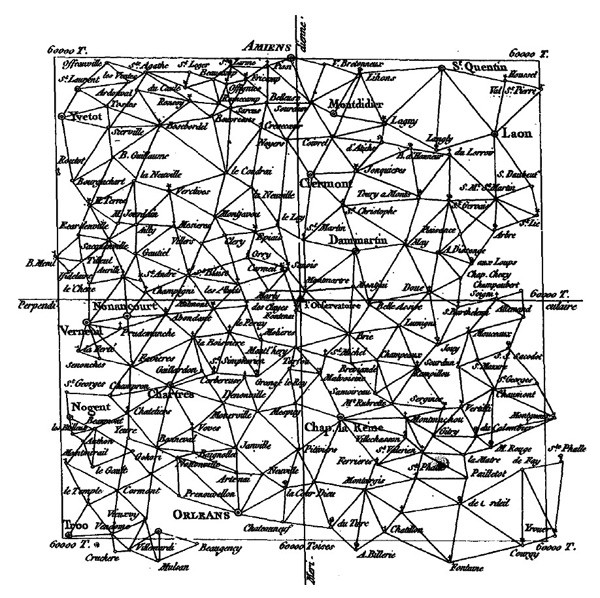
It is from this signal that will be released, on June 25, 2017 at 11 am, pigeons passing with them messages collected from the inhabitants of the Monts du Lyonnais. Everyone, child and adult, native of here or other territories, is invited to express on a message a geographical point that is particularly close to his heart. This affective attachment to a particular place can be based on different reasons – its place of birth, the memory of a romantic encounter, a dream of paradisiacal holidays, the pain of an exodus … and concern a territory in the vicinity near or located At the other end of the planet.
The traveling pigeons are bred by Dominique Cœur at the Aubépin in the commune of 69590 Larajasse. These birds usually participate in international competitions around the world where they fly up to 120 km / h for 750 to 1000 kilometers. They perpetuate a distant tradition, since for over 3000 years, the pigeons have transmitted messages over very long distances, carrying a piece of paper ringed to their paws from the ship of an explorer or a besieged city. These very short messages, sometimes coded, are somewhat the ancestors of tweets that circulate today from one phone to another. A poetic filiation since English tweets means chirping.
By inviting everyone to entrust his emotional geography to a traveling pigeon, Philippe Mouillon hopes to collect the planetary scale of the worlds gathered in this territory of local appearance of the Monts du Lyonnais. Each message will be mapped to the format needed to be sent by a pigeon. The release of June 25 will allow the birds to fly at the same second, and the order of arrival of the pigeons will determine an unknown hierarchical map order that will be edited as the Atlas of the worlds of each.
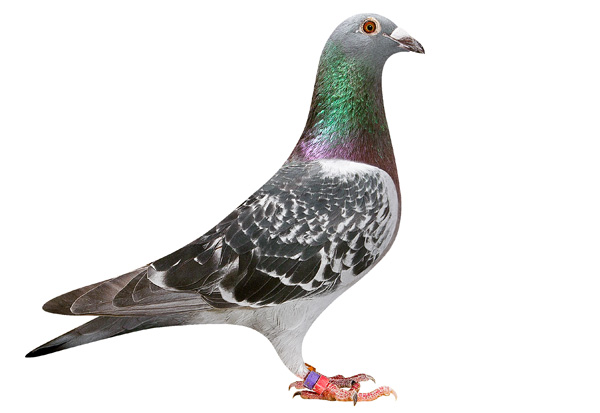
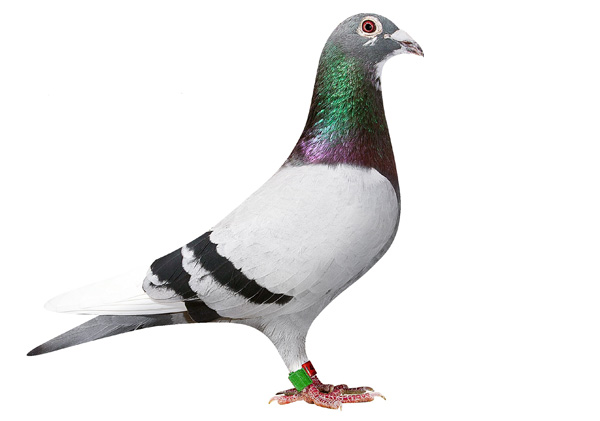
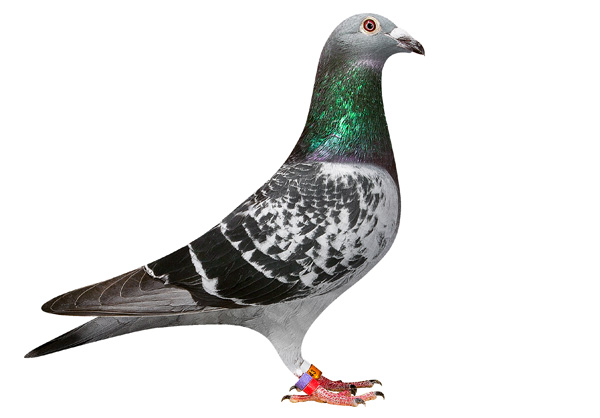
Atlas of the worlds of each is a proposal of Philippe Mouillon,
Produced by LABORATOIRE with the support of the DRAC Auvergne Rhône Alpes, the Department of the Rhône, the Auvergne Region Rhône Alpes, the Community of communes of the Monts du Lyonnais.
> To participate: contact@lelaboratoire.net
Apr 20, 2017 | Laboratoire en
Contemporary Migrations in the Mediterranean
A multimedia device by Maryvonne Arnaud
> Original texts: Erri de Luca
> Translation: Danièle Valin
> Additional texts: Erri de Luca extracts from ALLER SIMPLE (Gallimard editions 2012)
> General design and shooting: Maryvonne Arnaud
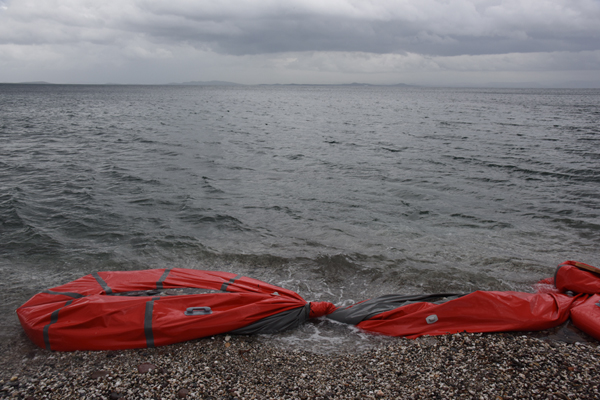
> Editing images and sounds: Guillaume Robert
> Voices: Sophie Vaude, Jean-François Matignon, Dominique Laidet,
> Scientific Council: Anne-Laure Amilhat Szary, Alain Faure, Yves Citton
Preparatory study (May 2016): 22-minute video loop
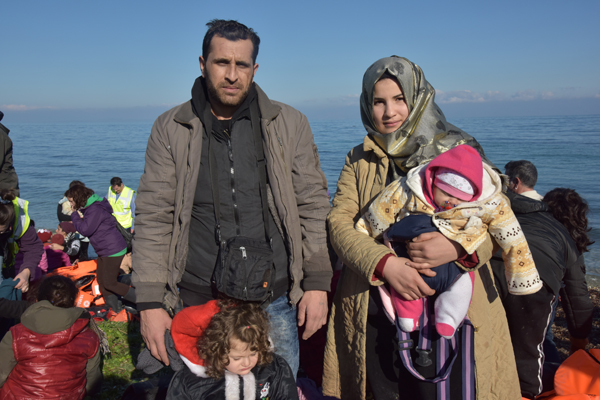
Preview:
> At CHRD / Lyon, on 28 and 29 May 2016, at the end of the exhibition “Dreaming of another world”.
> At the cinema Utopia / Avignon, every odd day at 11 am from 7 to 25 July 2016
> To MC2 / Grenoble, during the General Assembly of Migration organized by the Cimade
May 12, 2016 | Laboratoire en
The philosopher Daniel Bougnoux thus comments on this disturbing experience of an exhibition where the images are present only in our own mental imagination: “To exhibit only words in a museum, and on this scale, what a challenge! This game of interlockings, and referrals, tells us something about our ways of apprehending and handling the vast world around us. Words will never give us the equivalent of the thing seen, the legible does not equal the visible; and no painting, circumscribed within its frame, will cover the bouquet of visual, auditory, tactile, olfactory sensations…, tied together by a landscape. The (semiotic) map is not the territory. But the characteristic of art, or even of a word, is not to represent a world, but to suggest it, to reduce it to a sketch capable of setting a chain of thoughts or sensations on fire. The slow wick of words sets our mental images ablaze…”
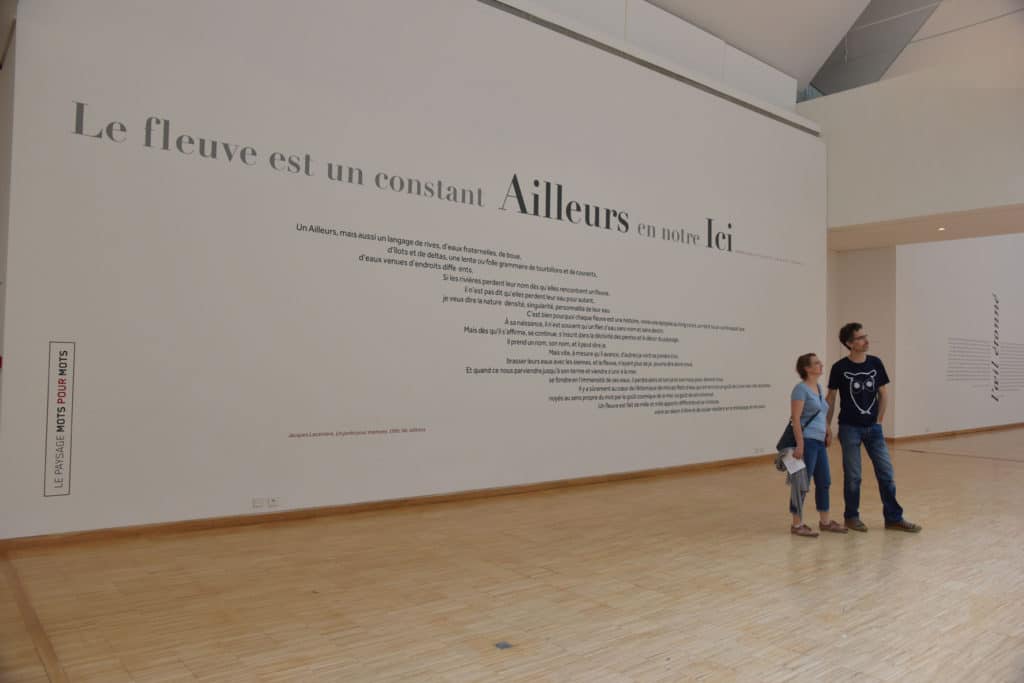
On each of the eight walls of the central aisle of the Grenoble Museum are printed pairs of texts:
The first is a fragment belonging to world literature and chosen by one of the invited authors, writer or philosopher: Daniel Bougnoux, Patrick Chamoiseau, Christian Garcin, François Jullien, Jacques Lacarrière, Marie-Hélène Lafon, Céline Minard, Alain Roger.
The second text is a rebound written today by this author and which argues his choice: Why from my mental library retain this fragment: power of a description, arrogance of a proposition, radical questioning of our certainties about the countryside ? And the luxuriance of the sensibilities of the authors chosen refines our understanding of what makes a landscape emerge and impose itself on us: Jean Giono, Stendhal, Aragon, Héraclitus, Balzac, Aimé Césaire, Mario Rigoni Stern, Oscar Wilde (who prophesied in “The Decay of Lying”: “At present, people see fogs, not because there are fogs, but because poets and painters have taught them the mysterious loveliness of such effects. There may have been fogs for centuries in London. I dare say there were. But no one saw them, and so we do not know anything about them. They did not exist till Art had invented them »
Feb 5, 2014 | Laboratoire en
The Collection of collections is a traveling installation designed at the request of Universities, with three concerns: revitalization of the artistic heritage inscribed on the campus of Grenoble, opening students to the unexpected as a prerequisite posture to any innovation and experimentation of new territorial links between the city center and the campus.
This urban installation is achieved through the random participation of many collectors. Young or old, rich or poor, man or woman, the collector’s posture crosses the social backgrounds and generations and it is this symbolic discrepancy that appears successful here. The poetic power of the result is indeed based on the hospitality offered to all collectors wishing to participate. Each one brings his own world, because the collection is often the crystallization of an obsession doggedly continued over many years. During this hunt, each collector has sharpened his gaze and deepened the intuitive attraction of the first objects gathered for the benefit of a knowledge increasingly refined over the accumulation of this series of objects, and of an accumulative loyalty requiring him to think in order to classify, prioritize and share.
These imaginaries collected without any hierarchical concern are then placed inside the cabinets of curiosities of urban scale set in the street. The Collection of collections is based on the fertility of the unexpected and of the dynamic relationships between these heterogeneous imaginary in close vicinity. The visitors can enter in most areas to immerse themselves in each collection, reflecting the uniqueness of each of our lives.
These collected objects are somehow generators or accelerators of conversation. In this sense, the Collection of collections is an invitation to walk in the proliferation of human imagination and otherness. As an hospitality area, this collection of worlds regenerates the public space by creating meetings and exchanges. It confuses, loosens and thins the commonly accepted hierarchies between work and hobby, fine art and popular art, intimate space and public space, the specialist and the amateur. It proposes to make visible and circulating words that are not heard, practices that are not expected and intuitions that are not considered.
The Collection of collections carries a current on the front of the territorialisation of an organic public space. For if today many citizens appear to be detached of conventional political representations, they are yet aware of the social and urban contemporary changes and participate daily in new arrangements.
This is a temporary paradox of our time: behind the appearance of a floating attention and a disinterest in public affairs, a new citizenship is particularly active in online social networks and today turns Internet into a contributory public space, sharing, exchange, mobilization or alternative action.The classic public space seems neglected, when the virtual space is now heavily invested by subjects who feel the need to take ownership of their lives, to extend it by sharing and to renew it by giving it an enlarged presence.


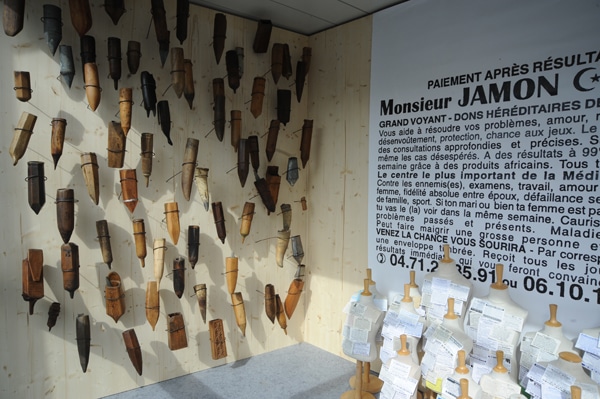
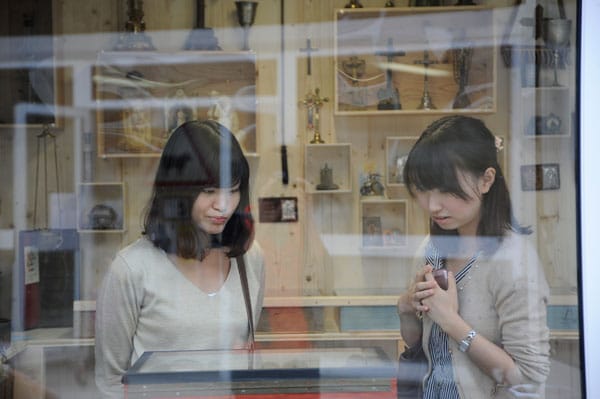

Mar 14, 2013 | Laboratoire en
Situated 2000 meters from the Vieux-Port area, the tunnel extending the Boulevard National is both a gateway to and a link between the various districts of Marseille. Railway track acts as a physical and symbolic boundary between the powerful Haussmann district of Longchamp and the highly degraded popular area of the National boulevard.
Every day, countless walkers, cyclists and motorists confront this space, since crossing it worries, burdens or defines people. But it can also detach the passer-by from his daily life, and lead him into a new experience. Even if it makes you uneasy, the place can also evoke – according to everyone’s imagination – the Lourdes grotto, the sky, Plato’s cave or a shadow theatre.
Invited to Marseille for the European Capital of culture 2013, Maryvonne Arnaud and Philippe Mouillon chose to emphasise the potential of the place to obtain an urban scale setting which pulsates with unexpected trajectories, wandering lines and escapism.
The artistic gesture takes advantage of social and generational differences, whether symbolic or aesthetic, to invite them to mingle together.
Just like so many natural caves turned into shrines, this tunnel becomes the receptacle for contemporary ex-votos that draw far beyond the local tradition; they cross cultures, symbolic systems and history in order to build a poetic craft made of words, fragments of hopes and fears, untold tremors and fragile flashes.
Each wish is a kind of dedication, a gift offered up to everybody: I offer my city and my family, and all the unknown, a publicly declared desire, shared here with everyone, creating a community founded on the history bound up in the place.
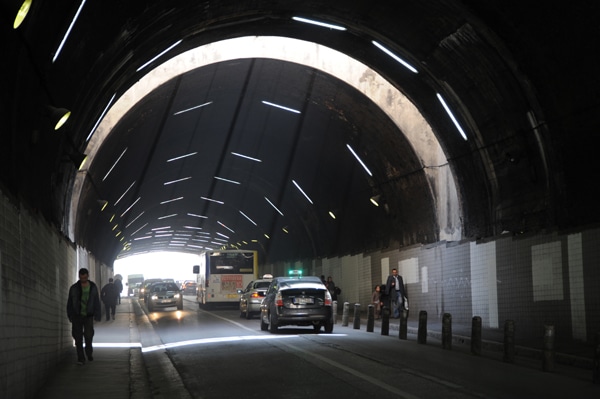
Our votive offerings draw far beyond the local tradition; they cross cultures, symbolism and history in order to build a poetry of words, fragments of hopes and fears, untold tremors and fragile flashes assembled whenever we meet during the course of a year living in the city. Here are a few examples:
I would like to breathe underwater.
I’d like to have a normal life, like other people.
When I grow up, I don’t want to go to jail.
I wish to see the end of the tunnel and find the exit.
I’d like to be back in time and start again with what I have in my head today.
I want to be given another twenty years to live.
I’d like a salary increase.
Clear my head and think about something else.
I would like the boys to find me beautiful.
Have a work permit.
I’d like to find the bright star I lost here.
I wish mankind out of chaos, quick! Including me.
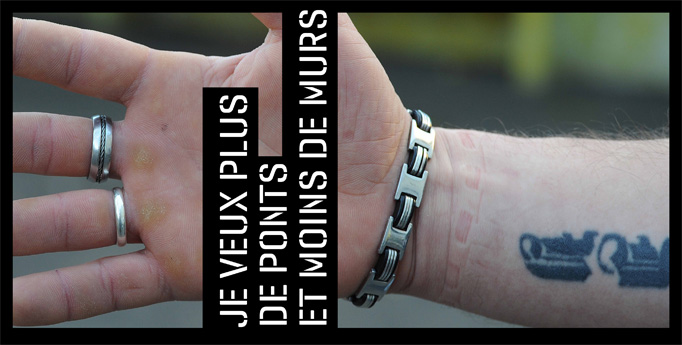


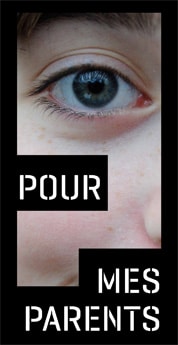

The originality of the piece, Ex-voto, beyond its huge presence, is based on the systemic nature of social interaction and meeting of minds that happens when a work of this nature is undertaken. This strategy of including the originality of each of our lives in a local context combines in fact a territorialized memory with de-territorialized and amnesic customs – those of first-time users. It attempts to revitalize the city, as our paths cross and new generations come along, as has been the case since the dawn of time, in order to produce a local organic fabric, a singular and individual fabric.
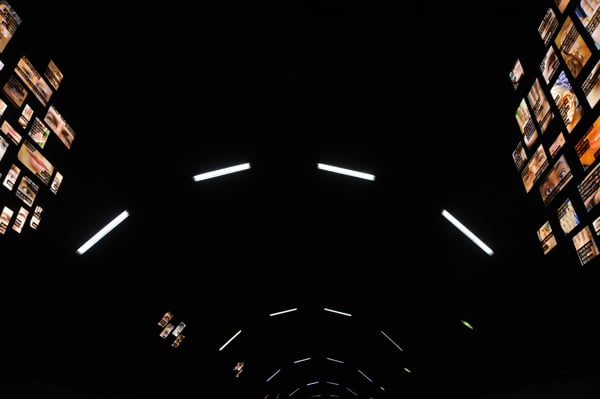
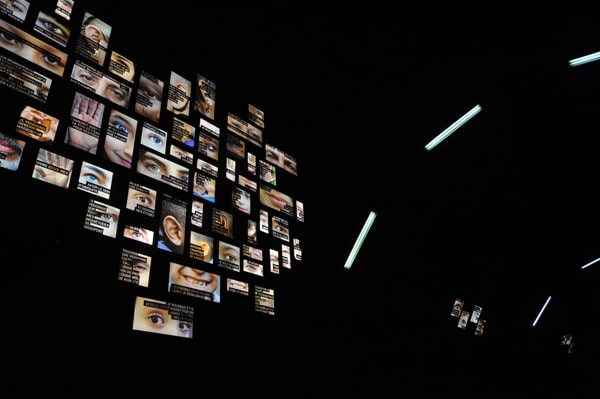
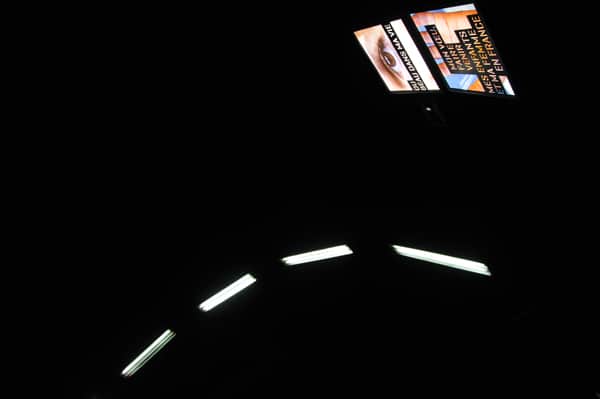
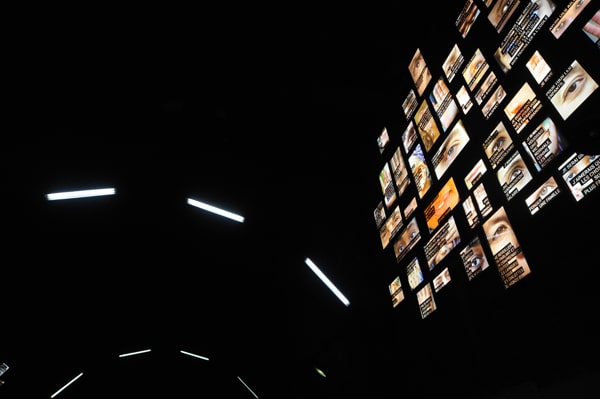
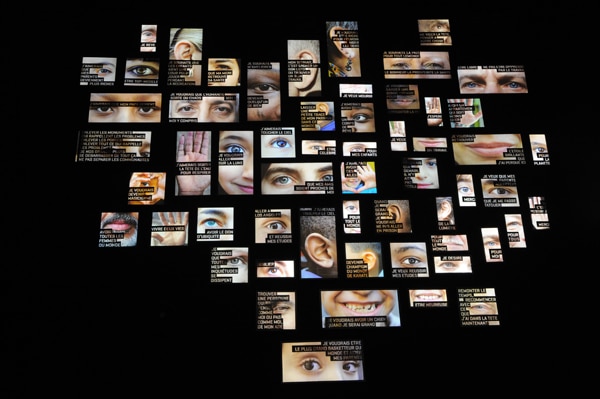
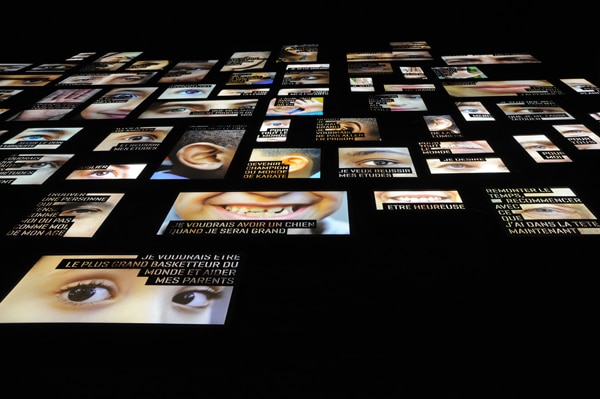
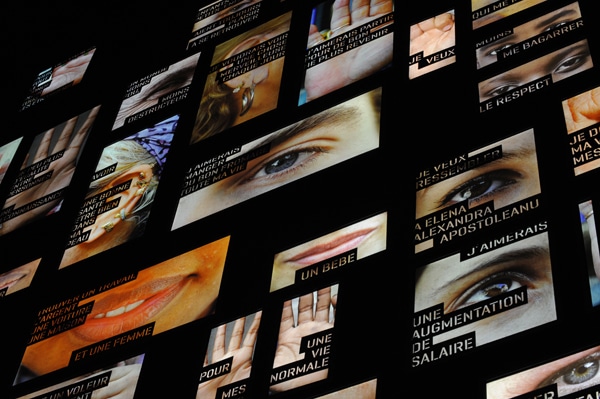
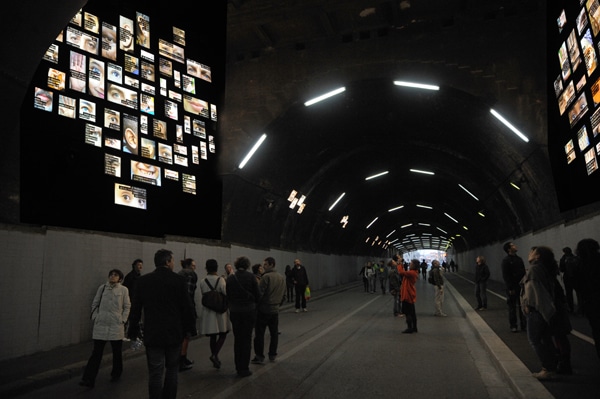
EX-VOTO is an urban-scale curiosity proposed by Maryvonne Arnaud and Philippe Mouillon,
performed by collecting the wishes of the inhabitants of Marseille, over various meetings. This proposal is part of the program called “Quartiers creative” designed and supported by Marseille-Provence 2013
with the financial support of the Fondation Logirem, Logirem, the Caisse des Dépôts et Consignations, the Fonds Européen de Développement Régional, Marseille Provence Métropole and the City of Marseille.
Production of Marseille-Provence 2013.
Artistic design and urban design Maryvonne Arnaud, Philippe Mouillon ; general manager, Pierre Auzas ; technical design, Marian Janda, Michel Arnaud ; graphic design, Pierre Girardier and Philippe Borsoi ;
proximity mediation, Cendrine Chanut.

